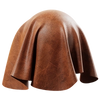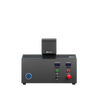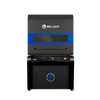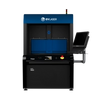Metal
Laser marking of metals is one of the most widespread applications in the mechanical sector. The excellent results obtainable in terms of contrast and sharpness of the processing, accuracy of the markings (which can reach the micron in the most demanding applications) and the possibility of leaving the nature of the metal almost unchanged, make the Laser the optimal choice for most of the applications.
The marking processes also have characteristics of great resistance over time and allow to avoid corrosion phenomena.
Metals suitable for laser marking are:
- Stainless steel
- Special steels
- Aluminum
- Anodized aluminum
- Titanium
- Brass
- Copper
- Silver
- Gold
- Hardened metals
- Others
Plastic
Plastics are now fundamental in the creation of all sorts of products and it is therefore a need to be able to use the laser for product traceability, or to mark logos and writings. Plastics change their compatibility characteristics with laser radiation in an important way between the various families and types. This characteristic requires a careful choice of sources and technological solutions to be adopted.
The plastics that can be used for laser marking are:
- Polyamide (PA)
- Polycarbonate (PC)
- Polyethylene (PE)
- Polyethylene terephthalate (PET)
- Acrylonitrile-butadiene-styrene (ABS)
- Polypropylene (PP)
- PCB
- Mylar
- Silicone
- Others
Glass and ceramic
The processing of glass and ceramics is one of the most challenging due to the brittleness problems of the material and the normal insulation behavior it has with respect to heat sources. For many applications, lasers have replaced mechanical machining as the lack of a contact tool avoids waste related to cracks and fissures. Furthermore, even the maintenance costs of the tools are eliminated and the process times are much lower than traditional processes.
Furthermore, ceramic is a material increasingly used for electronics and sensor applications that require micromachining and that the laser can tackle with excellent results, challenging the fragility related to the various degrees of hardness of the material.
There are various sources for glass and ceramic processing, some examples are CO2 sources and UV sources, but more and more there is the use of ultra-short pulse sources (USP), which with the high peak energies of the pulses are able to accurately and quickly cut and engrave the hard surface. There are also special process measures, such as the adoption of specific spot formers that are able to limit thermal shocks and therefore allow the process speed to increase without creating waste and defects.
Organic (Wood, Leather)
Wood is an important material used for its versatility and wide availability. working with this material with the laser is simple and practical and it is possible to easily engrave both woods of all kinds (including painted ones), to create handicrafts, souvenirs, plates, pieces of furniture, toys, etc. The result that can be obtained is a clean and homogeneous marking that cannot be obtained with other woodworking methods.
Leather and hide are resistant and rigid materials, difficult for traditional processing. The laser marking of the leather produces a sharp contrast on the surface, with a tendency to embossing. A greater contrast is obtained with the incisions on darker skin, less in the case of fair skin. The results obtained depend on the type of skin, the laser being used, and the setting of the power, speed and frequency parameters.
Composite fibers
Composite materials are formed by combining several materials with different properties to obtain a new material with different properties and usually superior to the starting ones. Generally a matrix material is used to which a fiber is then added. The most common laser-machinable composites are fiber reinforced polymer composites (FRP), metal matrix composites (MMC) and ceramic matrix composites (CMC). The laser can be used with these materials to successfully engrave and cut the surface by creating shapes, holes and markings.







![]()

![]()
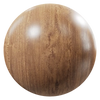
![]()
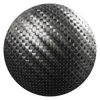
![]()

![]()

![]()

![]()
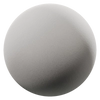
![]()

![]()

![]()
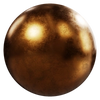
![]()
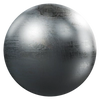
![]()
